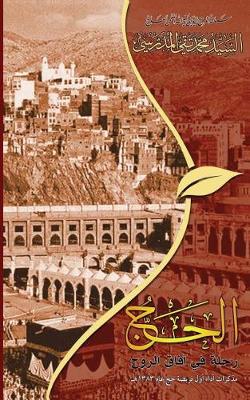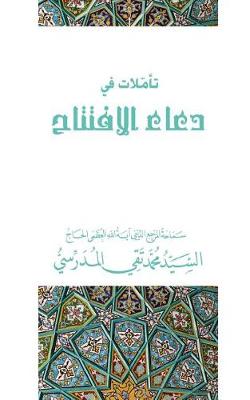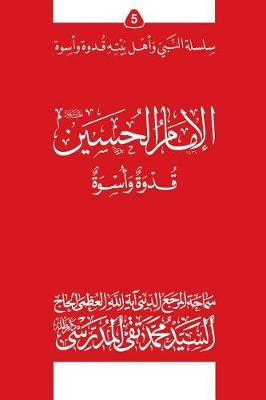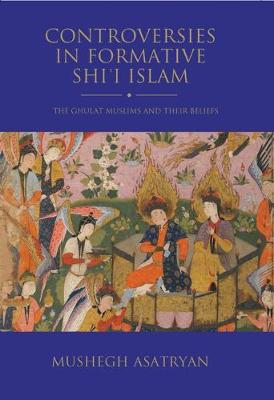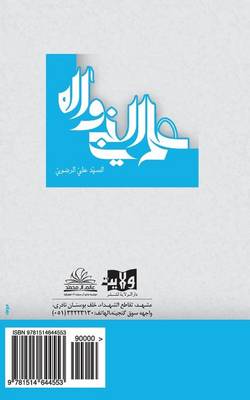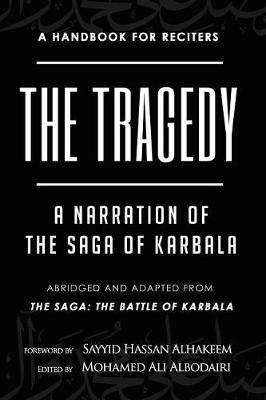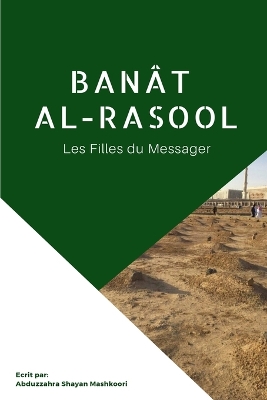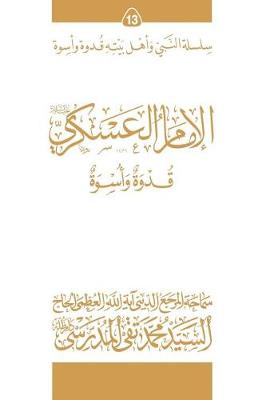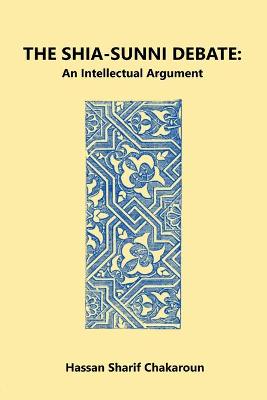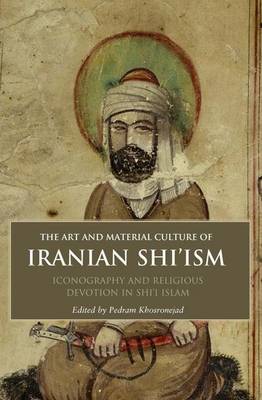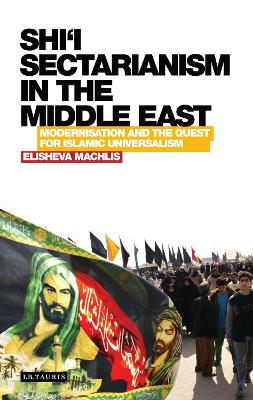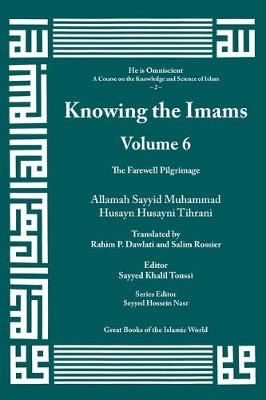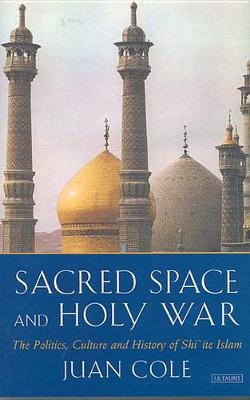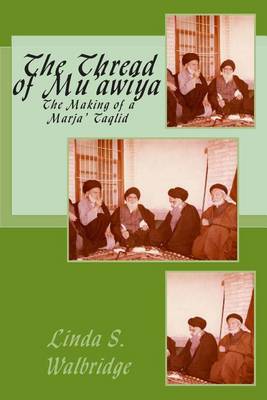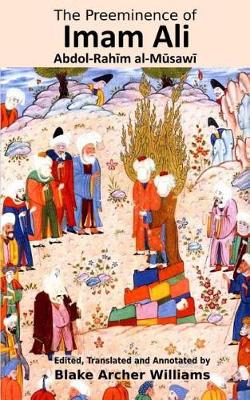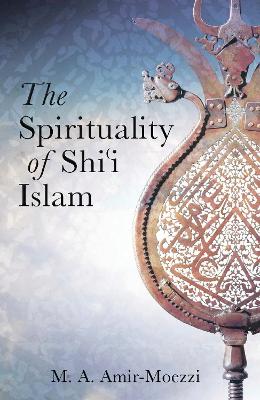Al-Hajj Rahla Fee Afaagh Al-Rooh
by Grand Ayatollah S M T Al-Modarresi Db
Al-Imam Al-Hossein (Ghudwa Wa Uswa) (5)
by Grand Ayatollah S M T Al-Modarresi Db
The Ayatollahs and Democracy in Contemporary Iraq (Isim Paper) (ISIM Papers, #7)
by Juan Cole
Iraqi Shiism is undergoing profound changes, leading to new elaborations of the relationship between clerics and democratic principles in an Islamic state. The Najaf tradition of thinking about Shiite Islam and the modern state in Iraq, which first developed during the Iranian constitutional revolution of 1905-1911, rejects the principle that supreme power in an Islamic state must be in clerical hands. Grand Ayatollah Ali Sistani of Iraq stands in this tradition, and he has striven to uphold and...
Controversies in Formative Shi'i Islam (Shi'i Heritage)
by Mushegh Asatryan
Among the various Muslim communities that were articulating their doctrinal positions in the early Islamic centuries, one in particular was known derisively as the Ghulat ('extremists'). This was owing to their specific interpretation of Islam, which included an 'extreme' devotion to the Shi?i Imams and the family of the Prophet, and controversial religious ideas, such as the transmigration of souls into other human or sub-human forms. Widely active in Iraq in the 8th and 9th centuries, the Ghul...
Al-Imam Al-Askari (Ghudwa Wa Uswa) (13)
by Grand Ayatollah S M T Al-Modarresi Db
Al-Imam Al-Mahdi (Ghudwa Wa Uswa) (14)
by Grand Ayatollah S M T Al-Modarresi Db
Art and Material Culture of Iranian Shi'ism: Iconography and Religious Devotion in Shi'i Islam (Iran and the Persianate World)
The eruption of violent sectarianism in Iraq following the US invasion in 2003 brought the question of Sunni-Shi‘i relations in the country to the forefront of the international public agenda. It also strengthened the popular belief that contemporary Shi'ism is inherently sectarian. Yet several decades earlier, Ayatollah Khomeini had declared an Islamic revolution and downplayed its Shi'i origins and links. So what is the true orientation of Shi‘i Islam in the contemporary era and how did modern...
How is it that Shi'i Muslims have set the agenda of political discourse in the Islamic world in recent years? Why have Shi'is been at the forefront of Islam's reassessment of the West? In the past three hundred years, Shi'i Islam, already the state religion in Iran since the 16th century, has grown impressively in Iraq, northern India and what is now Pakistan. Its effervescence dominated Islamic world politics in the last quarter of the twentieth century. Juan Cole examines Shi'i Islam as a worl...
The Preeminence of Imam Ali (Shi'aa Islam Doctrinal, #5)
by Abdol-Rahim Musawi
Chosen among Women: Mary and Fatima in Medieval Christianity and Shi`ite Islam combines historical analysis with the tools of gender studies and religious studies to compare the roles of the Virgin Mary in medieval Christianity with those of Fatima, daughter of the prophet Muhammad, in Shi`ite Islam. The book explores the proliferation of Marian imagery in Late Antiquity through the Church fathers and popular hagiography. It examines how Merovingian authors assimilated powerful queens and abbess...
The second largest branch of Islam, with between 130 and 190 million adherents across the globe, Shi'i Islam is becoming an increasingly significant force in contemporary politics, especially in the Middle East. This makes an informed understanding of its fundamental spiritual beliefs and practices both necessary and timely. Mohammad Ali Amir-Moezzi is one of the most distinguished scholars of Shi'i history and theology, and in this volume he offers a wide-ranging and engaging survey of the core...
